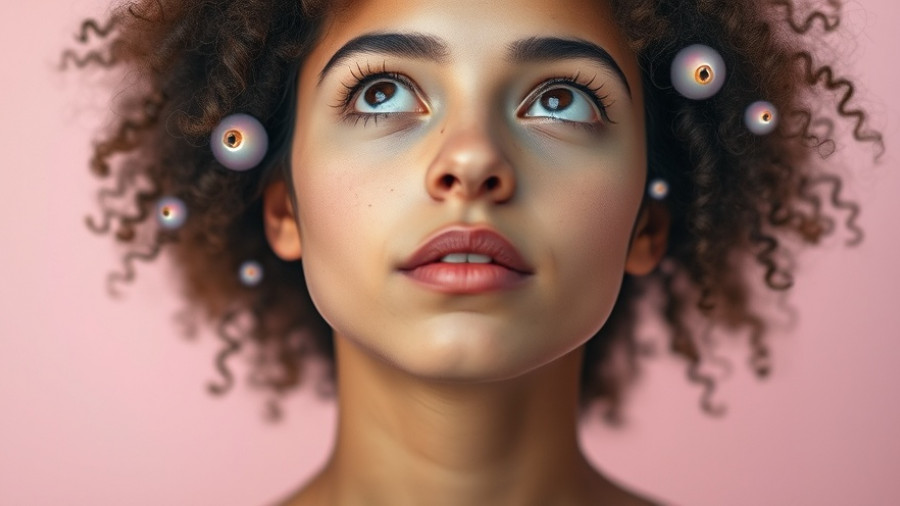
Discovering AI: A Tool for Human Design Practitioners
In an era where technology increasingly crosses paths with our daily lives, the advent of artificial intelligence (AI) tools presents exciting opportunities—especially for those in the practice of Human Design. Streamlining everyday tasks like marketing, customer service, and content creation not only saves time but also allows practitioners to focus more on what they do best: helping others.
Top Five AI Tools Transforming Human Design Practices
Here are five AI tools that can significantly aid your practice, freeing you from mundane tasks and supporting your interactions with clients and your community.
1. Taja AI: Amplifying Your YouTube Presence
Taja AI is a remarkable tool for Human Design practitioners who utilize video as a medium to share insights and knowledge. With Taja AI, practitioners can effortlessly create engaging YouTube content. Simply input your video URL, and Taja automatically generates descriptions, headlines, hashtags, and even thumbnails. This intuitive tool not only assists with the content creation but fosters deeper connections with your audience by providing valuable suggestions based on channel performance.
2. Video To Blog: Bridging Video and Written Content
Once your video is prepared, Video To Blog simplifies the transition to written content. It automates the process of creating engaging blog posts that resonate with your viewers. Inspired by your video, this tool suggests where to insert visuals, making it a breeze to maintain a cohesive narrative across platforms.
3. Grammarly: Elevating Your Written Communication
Grammarly serves as your writing assistant, catching grammatical errors and enhancing your tone to match the uplifting principles of Human Design. Its plagiarism checker ensures your text is original, while features like “Increase the impact of your text” help weave deeper connections through better communication.
4. ChatGPT: Your Creative Partner
ChatGPT stands out among AI tools for its versatility. Whether generating ideas, creating outlines, or refining your drafts, this tool can transform your writing process. By adjusting tone and style to feel more human-centered, it aligns seamlessly with the heartfelt narratives that embody Human Design practices.
5. One Take: Perfecting Your Video Workflow
This tool simplifies the process of making video presentations. If you're creating educational content about Human Design, One Take allows you to shoot videos in a single take, streamlining editing and production. This saves precious time, allowing you to focus on delivering information that connects deeply with your audience.
The Future of AI in Human Design
As AI tools continue to evolve, their integration into Human Design practices will likely expand. Imagine the possibilities of data analysis to tailor more personalized services for your clients. Embracing AI doesn’t mean losing your personal touch; rather, it offers an opportunity to enhance your energy and focus on the human connection. Consider what it would feel like to invest that newfound time into deeper connections or healing sessions, enriching your practice and community.
Taking the Next Steps with AI
Incorporating these AI tools can change how you manage your practice, offering more time for personal growth and transformation. By simplifying tasks, you enhance not only your workflow but also the energy you bring into sessions with clients, allowing you to embody Human Design fully.
If you’re ready to explore the world of AI and how it can impact your practice, consider trying these tools for yourself. Begin with a free trial or demo to see how they align with your goals.
 Add Row
Add Row  Add
Add 




Write A Comment